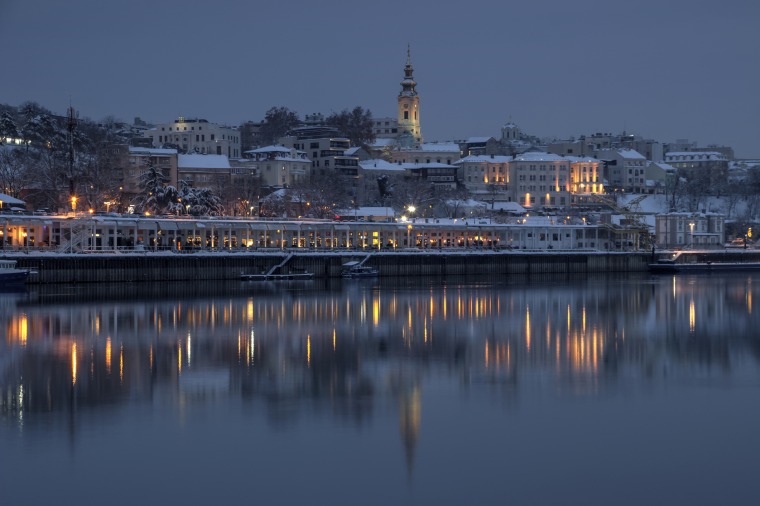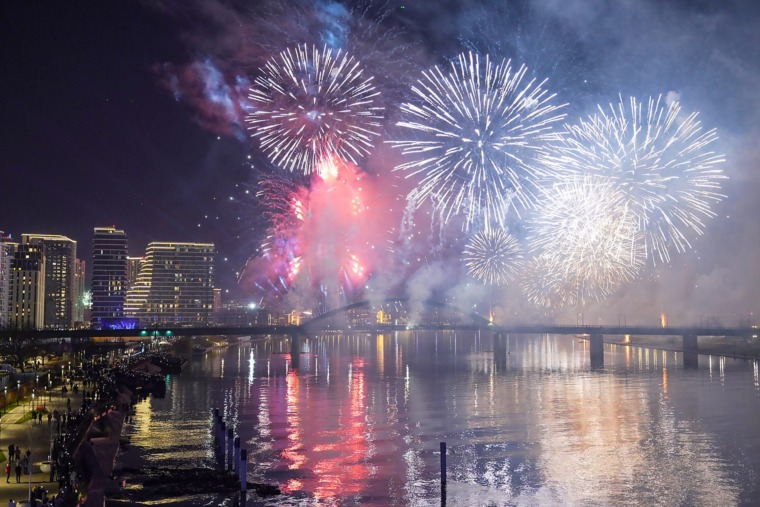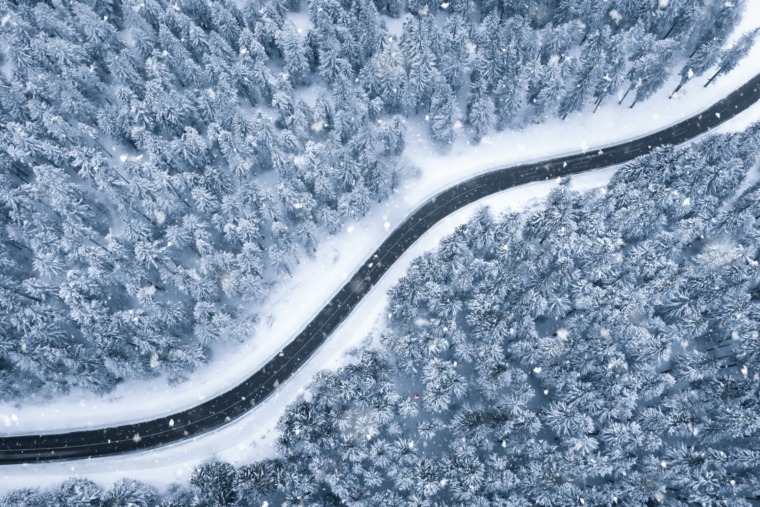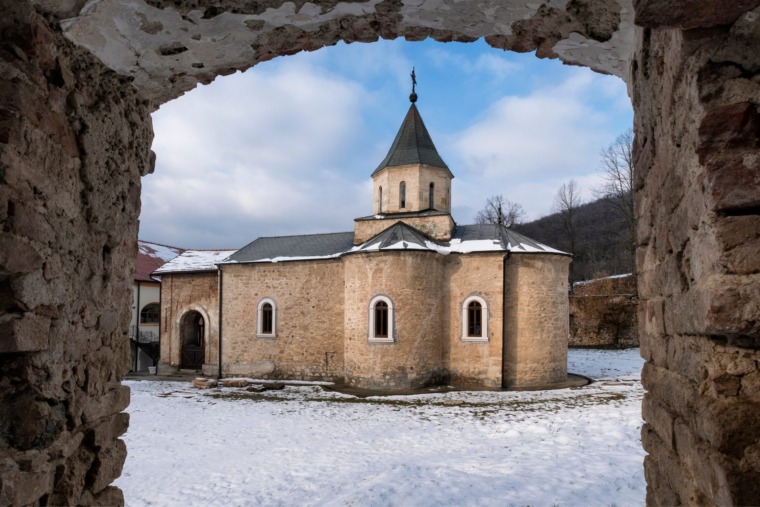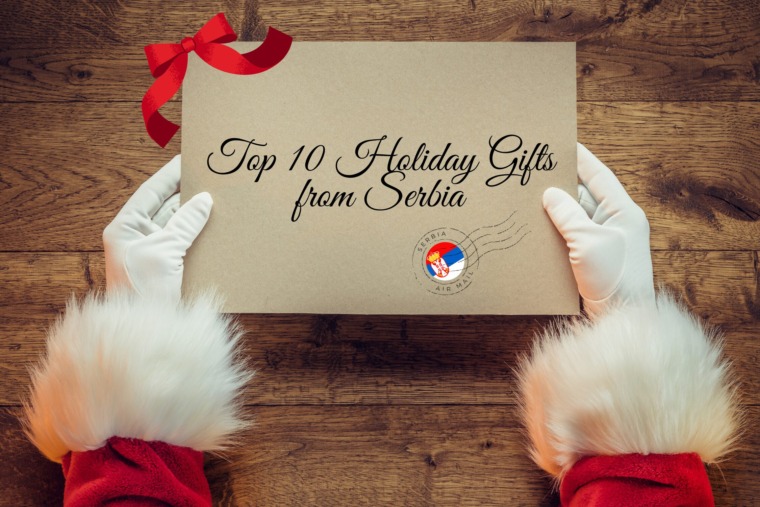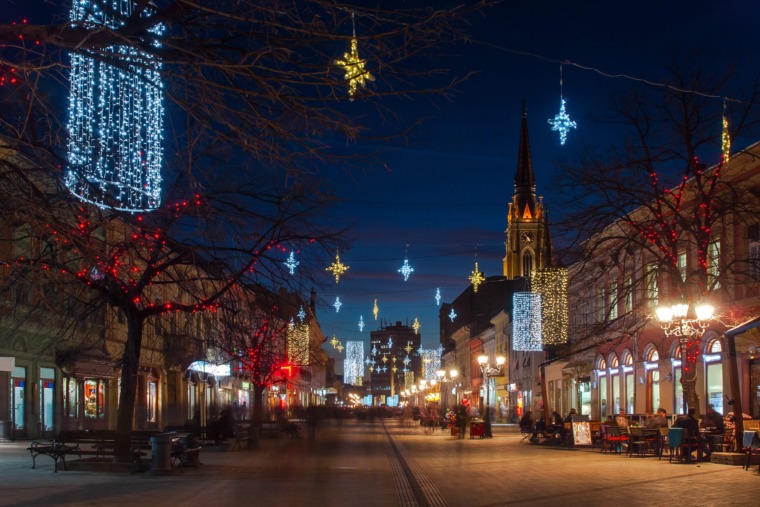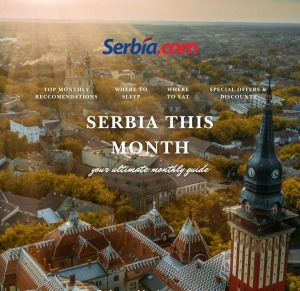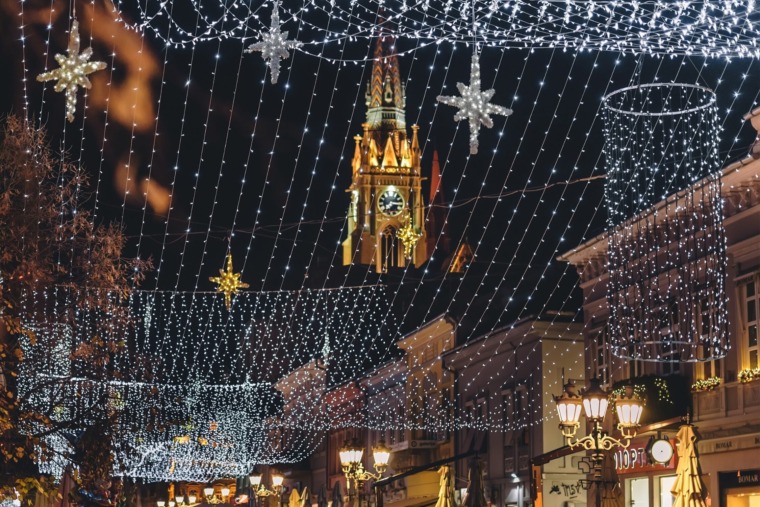
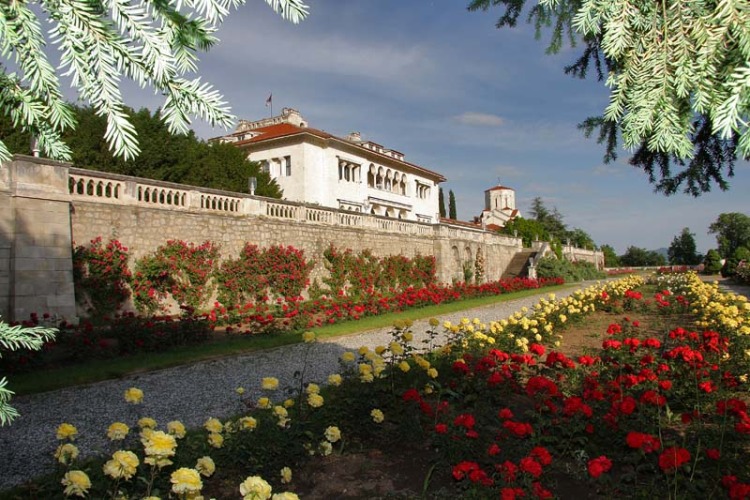
The Obrenovics and the Karadjordjevics, two Serbian ruling families who have been intertwined in ruling of Serbia for a whole century (1804 – 1903 to be exact), have selected a unique part of Belgrade, chosen for its natural features and beauty, to build their residences. We will be taking you on a route through Dedinje and Topčider, green jewels of Belgrade.
If you are a fan of comfortable accommodation and you can afford it, we suggest that the first step in this Serbian royalty adventure be on General Šturm’s street 1a, where Villa Jelena is located. Even if you are not interested in luxurious accommodations in Belgrade, we would still advise you to take a closer look of this monument famous for its architectural beauty, which makes it one of the most representative buildings of neoclassical style in Belgrade, with Italian interior design from the end of the 20th century.

In order to get from this kinglike luxury to the Karadjordjevics’ Royal Palace complex in Dedinje, take a stroll down Užička street and prince Alexandar Karadjordjevic’s Boulevard. The road will take you all the way to the top of Dedinje, where you can enjoy the magnificent view of Belgrade and Avala mountain, and where in contrast to the thick greenery shines bright the white Royal Palace complex. Complex is comprised of Royal Palace, White Palace, The Royal Chapel of Saint Andrew the First Called, and others.
The oldest building is the Royal Palace made of white Brač’s marble in the Serbian-Byzantine style, which was built in 1929 by the orders of king Alexandar I Karadjordjevic – the first ruler of Kingdom of Serbs, Croats and Slovenians. On the first floor still resides Serbian Royal family.
In the Royal Palace, many chambers will grasp your attention, especially “The Room of Whispers”, where fountain’s murmur is stopping every attempt of eavesdropping the conversations carried in it. Ceilings and walls of “The Room of Whispers” are painted with motifs from the Ember-bird fairytale as well as Serbian folklore motifs.

On the left side of the Complex gate, a path through alleys leads to the White Palace, which king Alexandar I Karadjordjevic started to build, but didn’t live to see it finished since he was killed in Marseille in 1934. The chambers which radiate elegance were equipped by king regent Pavle, a great art connoisseur.
The tours of Royal and White Palace are possible only in organized tours accompanied by professional tour guides, which are scheduled in advance, and they contrive of 2 hour walks around the Complex. More information on: www.royalfamily.org
From Royal Park you can get to Archbishop Pavle’s Boulevard which is the shortest route to the Topčider Park. There, the founder of Royal family Obrenovic, prince Milos built himself a residence in the middle of the forest. He built it in a style of residential architecture of Ottoman empire, and during his scond reign, The Residence became The Palace of Principality of Serbia, where today it stands as a part of Serbian History Museum. There you can observe the collections which represent Serbia’s history chronologically, and especially the periods of battles for its liberation.
The murmur of Topčider river will follow you till the park’s exit, whilst beautiful streets of Senjak will take you to the Restaurant 27 (Istarska street number 27), one of the beautiful ones in Belgrade, where you can make a lenghty pause from the tours and just enjoy the amazing atmosphere and delicious meals of national and international cuisine.
From the Istarska street you will go straight to the Vasa Pelagic street, where at the number 40 you will find a residence of King Peter I Karadjordjević, one of the most beloved Serbian rulers. This one story villa built in neo-renaissance style with the elements of Baroque was the house of a merchant Djordje Pavlovic, and was rented for the king in 1919.

After long streak of wars, when he returned to Belgrade, the king couldn’t move in in the heavily damaged Old Palace, so he spent his last years in aforementioned villa. The house was turned to Memorial Museum of Petar I, and today in front of it there is a sign which states: the Museum of king Petar I the great liberator.
The basis of museum’s exhibition is mosaic made of hundreds of different photographs from kings life arranged and set up so that, on the surface of domineering wall in Memorial room they form a portrait of king Peter I.
The street in which is the Residence of king Petar I is intersecting with the Ljuba Jovanović street where is Vavedenje monastery, a monumental five-domed temple with its foundations in shape of a cross. It was built in 1936-1937 as a heritage of Persa Milenkovic in a traditional style of Serbian Middle Age architecture, and its walls are decorated with iconostasis – handiwork of Russian painters.

As a part of the Residence, which was being built at the same time as the church was, a chapel of St. Nikolai has also been constructed. In monastery’s cloister are the tombs of Church’s high ranking officials: Skopje’s metropolitan archbishop Joseph, Zagreb’s metropolitan archbishop Dositej, Budim’s metropolitan archbishop Arsenije, and Zagreb’s metropolitan archbishop Damaskin.
If in the end of the route that follows footsteps of Serbian Royalty you want to pay respects to one of the greatest Serbian generals, Radomir Putnik, who has fought during the reign of Obrenovics and Karadjordjevics some of the most important battles of Serbian people (Serbian-Turkish wars, Balkan wars and World War I), go down the Boulevard that was named after him and visit the monument of the beloved famous duke.
Related Articles

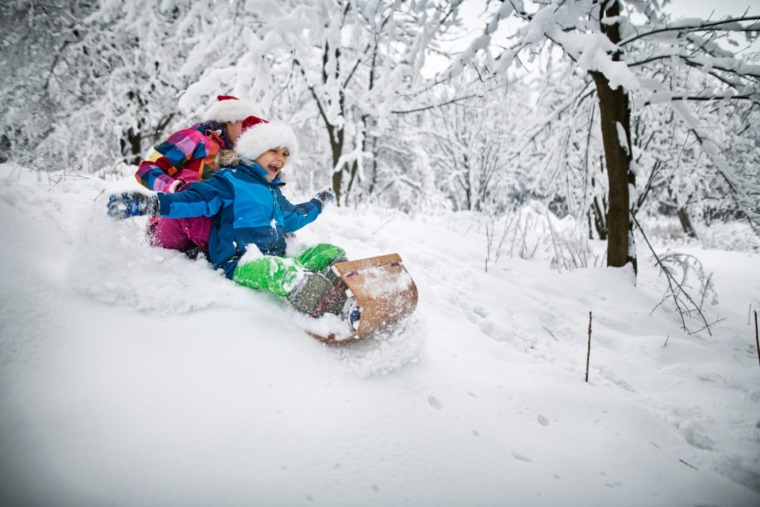
What to Do with Kids in Serbia: Family-Friendly Holiday Ideas
December 14, 2025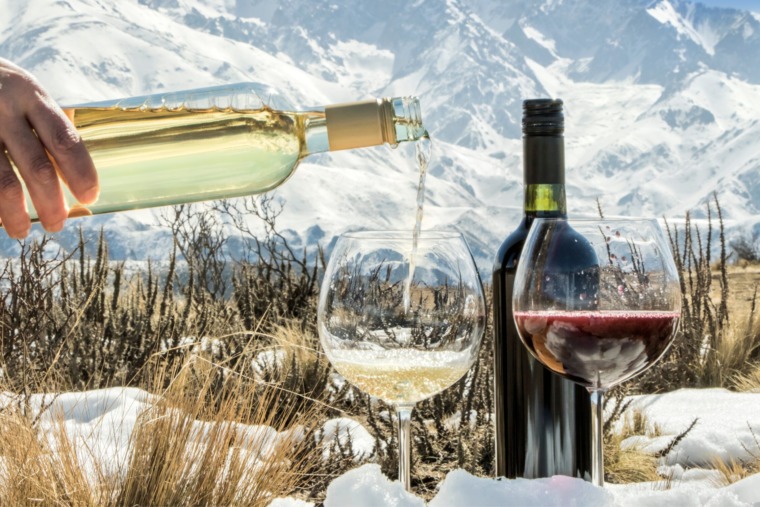
Winter Wine Escape: Serbia’s Most Beautiful Holiday Wineries
December 11, 2025